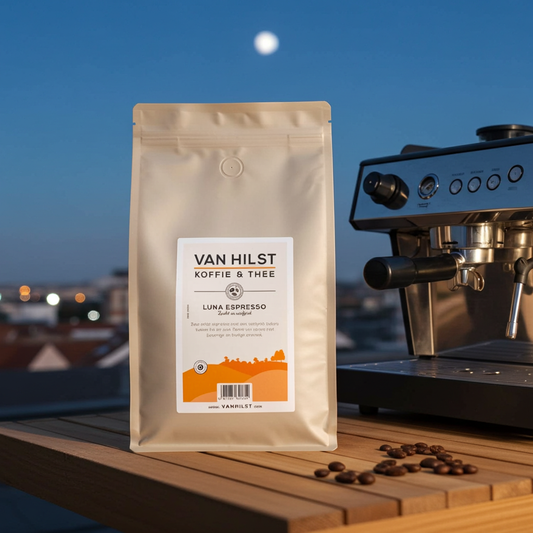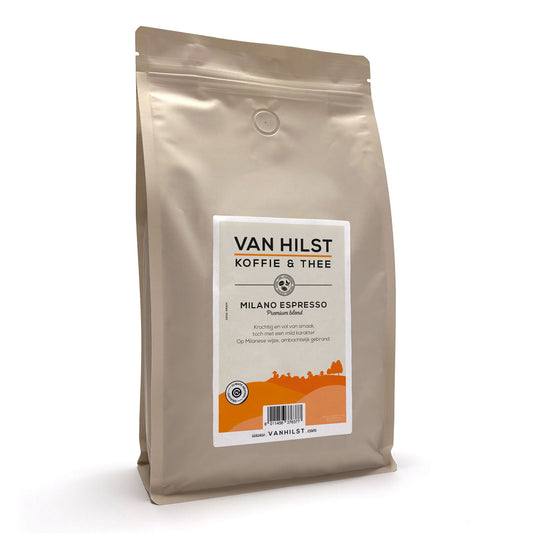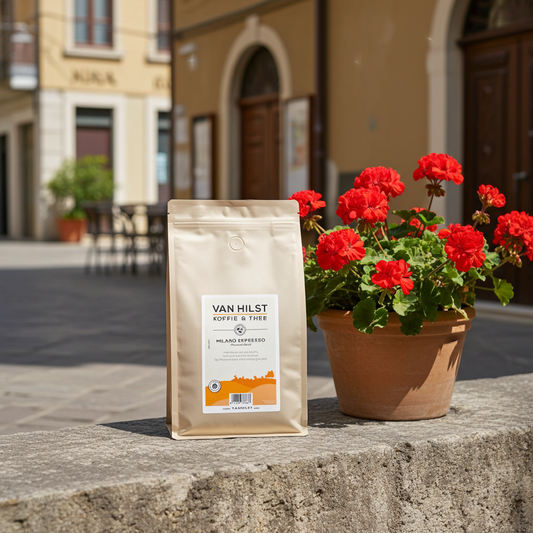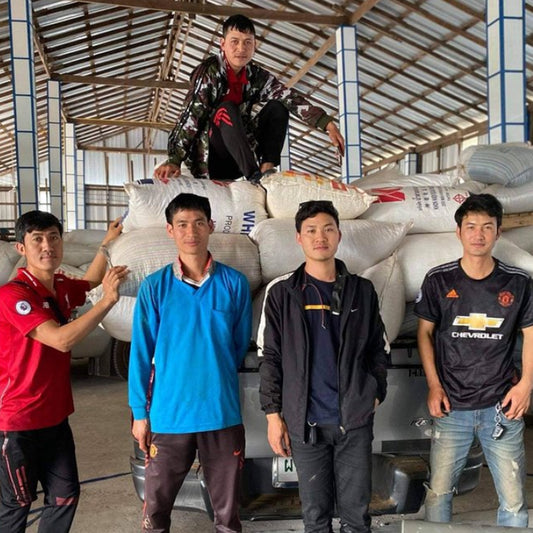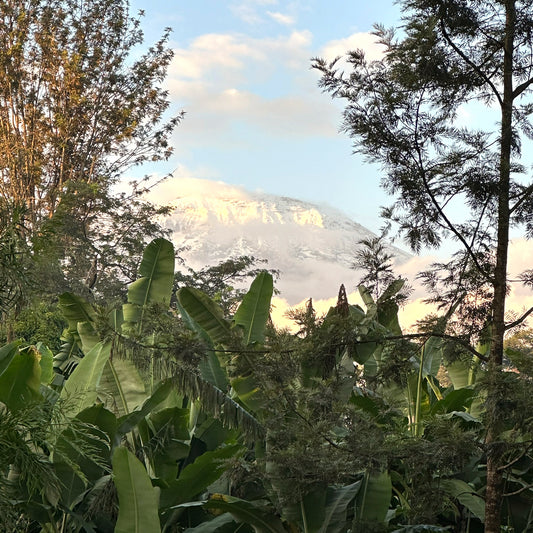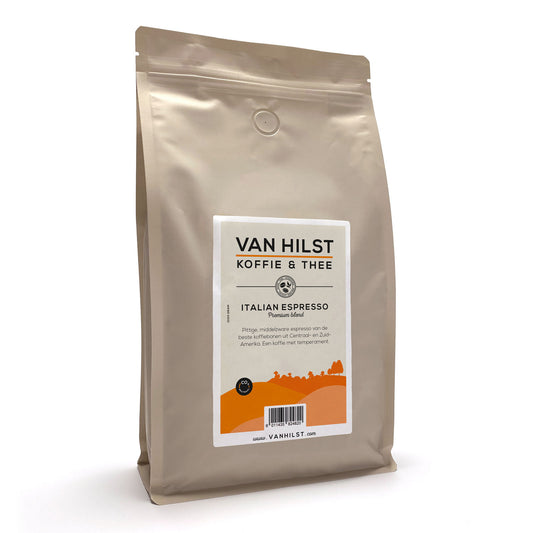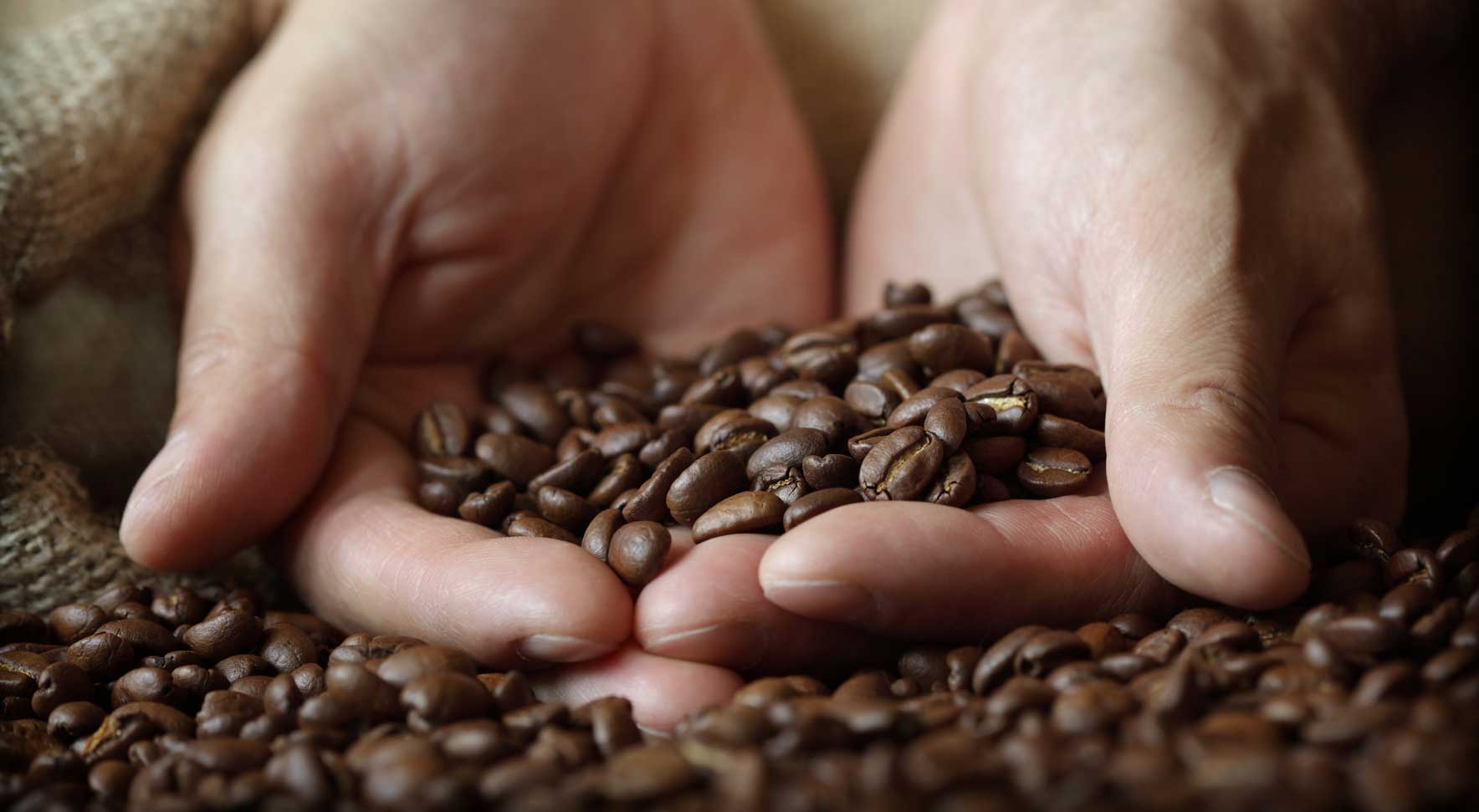
Climate change and coffee
Share

The climate is changing. The temperature on Earth is rising. This is due to the increase in greenhouse gases in the air. Climate change has major consequences for people, nature and the environment.
It seems so normal, the daily cup of coffee at home or in the catering industry. In fact, nothing about coffee is easy because of climate change.
Coffee farmers around the world are also experiencing problems as a result of climate change , such as higher temperatures and unpredictable rainfall. This ultimately affects the insect pests and diseases of the plants. Coffee farmers in South America and Africa are having a particularly difficult time.
Drought
For example, Uganda used to have two rainy seasons. In recent years, the rainfall pattern has completely changed, and with it the harvest and livelihoods. In neighboring Tanzania, the yield of coffee has gone from 500 kilos per hectare to 300 kilos since the 1960s. According to researchers at ScienceDirect, this decrease can be traced directly to the temperature increase of 0.3 degrees Celsius per decade.
It also seems to be difficult in other areas. In Colombia, for example, the areas where coffee is grown are shrinking and the habitats of the bees that have to pollinate the coffee are shifting. A team of researchers has calculated that there is a good chance that the areas in which coffee plantations are located in South America will shrink by 75 to 90 percent by 2050.
Prices rise
Coffee lovers will soon be paying more for their favorite beverage. The price of the popular arabica beans is at its highest point in almost a decade, while the quality of the coffee bean is under pressure due to climate change.
According to London Rabobank analyst Carlos Mera, the increase in coffee prices in recent years is mainly due to the climate, although he also sees an effect of the corona crisis. "First of all, this has to do with the weather in Brazil, the largest coffee bean grower in the world. Last year there was hardly any rain in the country, which meant that many plants could no longer grow. At the same time, the winter was exceptionally cold, causing even more plants to die are,” he says.
As a result, the coffee harvest has been ruined for several years, because a coffee bush needs about seven years to fully bloom. The Brazilian government speaks of the worst arabica harvest in twelve years.
60 percent of coffee plant species are on the verge of extinction
Already in 2019, a group of scientists warned in the journal Science Advances that 60 percent of all types of coffee plants are in danger of extinction. To put that in perspective, 22 percent of species in the entire plant kingdom are threatened with extinction.
So it doesn't look good for the daily cup of coffee. If nothing changes, there is a good chance that the arabica will be extinct by 2080. The main cause is climate change. Global warming is leading to more drought, leaving fewer areas where the plant can be grown.
Although there are other coffee plants, they are of lesser quality and many of those species are therefore on the verge of extinction.
New developments
Fortunately, there are also hopeful developments to report. Researchers from Wageningen University & Research (WUR) have found a new type of coffee in Uganda. This one is of the Robusta variety, but has a taste that is more similar to the more popular Arabica. Because Robusta is more drought tolerant, this strain may have the future of coffee in a world that is changing due to climate change.
Finnish researchers have also found a way to produce coffee by combining tissue from the coffee beans with a nutrient. According to the researchers, the end result is almost identical to real coffee.
Source Nu.nl
Photo by Brooke Lewis via Pexels


